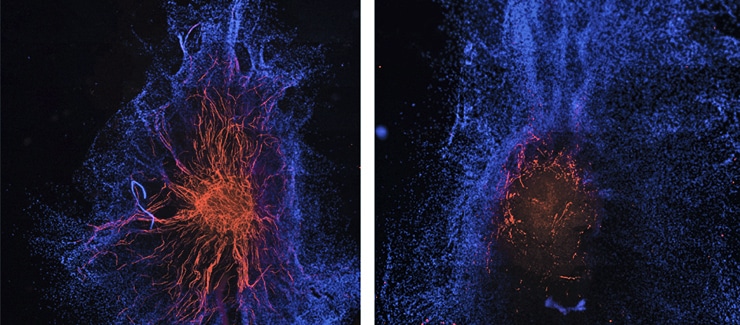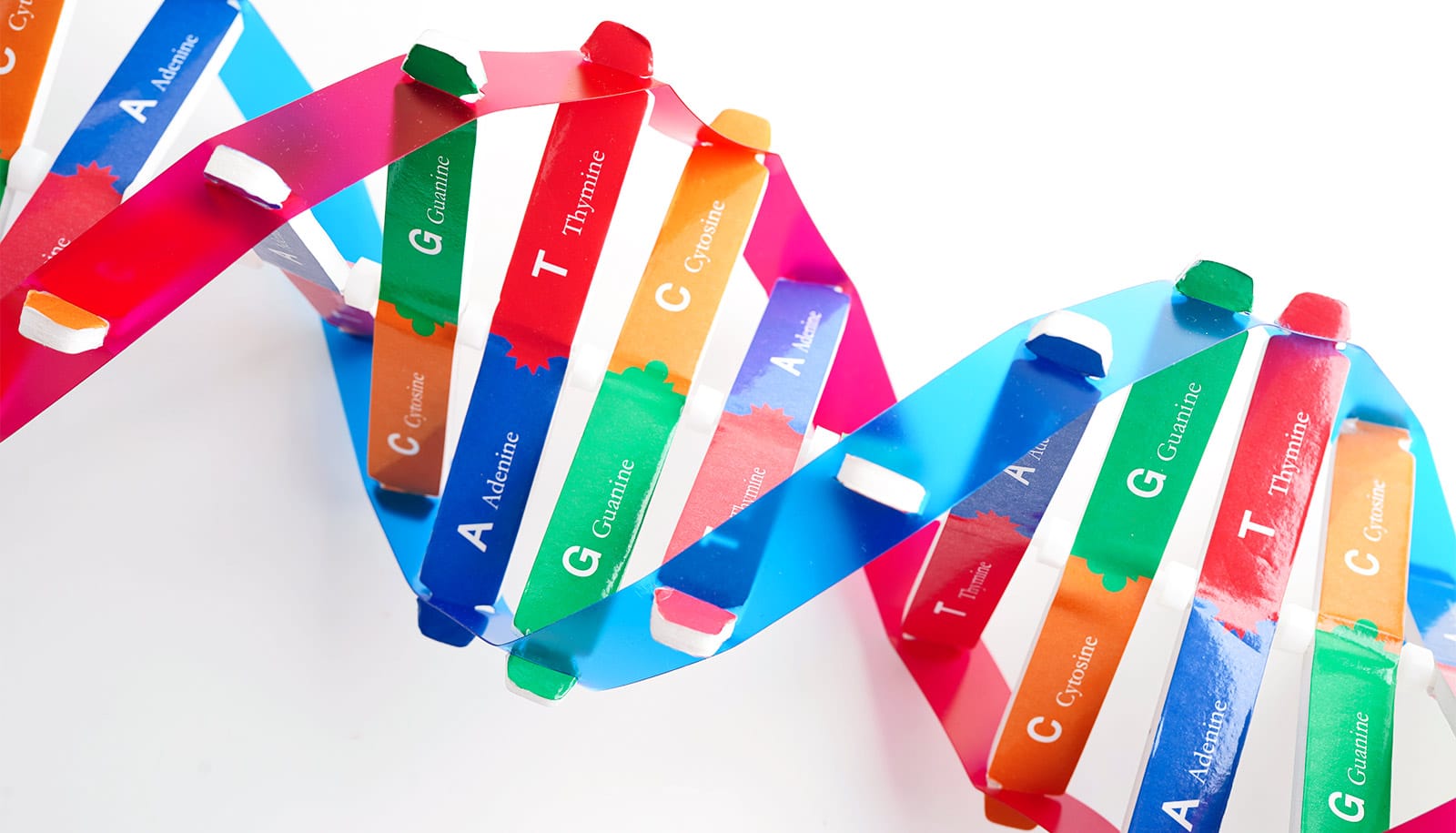Scientists have discovered that an “anti-sense” RNA (AS-RNA) is expressed after nerve injury to regulate how the damaged nerves rebuild their coating of myelin.
That myelin, like the cladding around a cable or wire, is crucial for making nerves efficient conductors.
The research, done in mice, may reveal a new opening to intervene in the process of healing peripheral nerve damage.
The research team was able to control expression of the AS-RNA in the lab and therefore the transcription factor Egr2 that prompts myelin-building Schwann cells into action, says Nikos Tapinos, an associate professor of neurosurgery in the Warren Alpert Medical School of Brown University and senior author of the study in Cell Reports.

“Even though Schwann cells are able to re-myelinate the peripheral nerves after injury, this re-myelination is almost never complete and the functionality of the nerve is usually not restored to the levels prior to injury,” says Tapinos, also the director of molecular neuroscience and neuro-oncology research at Rhode Island Hospital.
“Since the AS-RNA inhibits the expression of Egr2, which is the central transcriptional regulator of myelin genes, it is possible that inhibiting or regulating the levels of the AS-RNA will enhance the transcription of myelin related genes and hence myelination,” Tapinos explains.
“The anti-sense RNA that we discovered is an attractive target for therapeutic interventions…”
The team had been studying the complicated sequence of molecular mechanics that follows nerve injury when they developed the hypothesis that an AS-RNA might exist to regulate myelin genes.
They were not only able to find the AS-RNA but also in a series of experiments described in the paper, they found that its expression increases markedly and with specific timing after sciatic nerve injury.
They also demonstrated the effect it has, which is to inhibit Egr2 and therefore guide Schwann cells to demyelinate the nerve.
After nerve injury, the cells remove the myelin, guide new nerve growth, and then remyelinate the regrown nerve. The AS-RNA appears to take on the role of promoting that first step by initiating demyelination and preventing premature re-myelination, Tapinos says. Later, when new nerve growth has occurred, the AS-RNA expression dies down to allow the re-myelination to occur.
Salamander tails inspire new way to regrow nerves
In further experiments the team learned which molecules stimulate the expression of the AS-RNA and they also successfully interfered with its activity, which delayed demyelination.
The discovery offers up a new factor that can be manipulated to affect when myelin is removed and restored and by how much, Tapinos says. That gives him hope that with further research he might be able to translate the finding into a new therapy.
“The anti-sense RNA that we discovered is an attractive target for therapeutic interventions since inhibition of the AS-RNA rescues the expression of Egr2, which is the main transcription factor that regulates peripheral myelination,” he says. “This therapy could apply to nerve injury repair and peripheral demyelinating neuropathies.”
To make that happen, Tapinos’ lab is now looking into new research questions. Biopsies of humans with demyelination disorders such as congenital hypomyelinating neuropathy will help the team learn how AS-RNA works and possibly becomes disrupted in people.
Meanwhile, he says, the scientists want to further study ways to regulate AS-RNA expression and to do so with the right timing and amount to promote, rather than disrupt, healing.
“It is a fine balance,” he says.
Can saving axons keep nerves alive?
In addition to Tapinos and Martinez-Moreno, additional authors of the paper are from Brown University, the Geisinger Clinic, and the Massachusetts Institute of Technology.
The Geisinger Clinic, where the Tapinos lab was located before moving to Brown University, funded the research.
Source: Brown University



